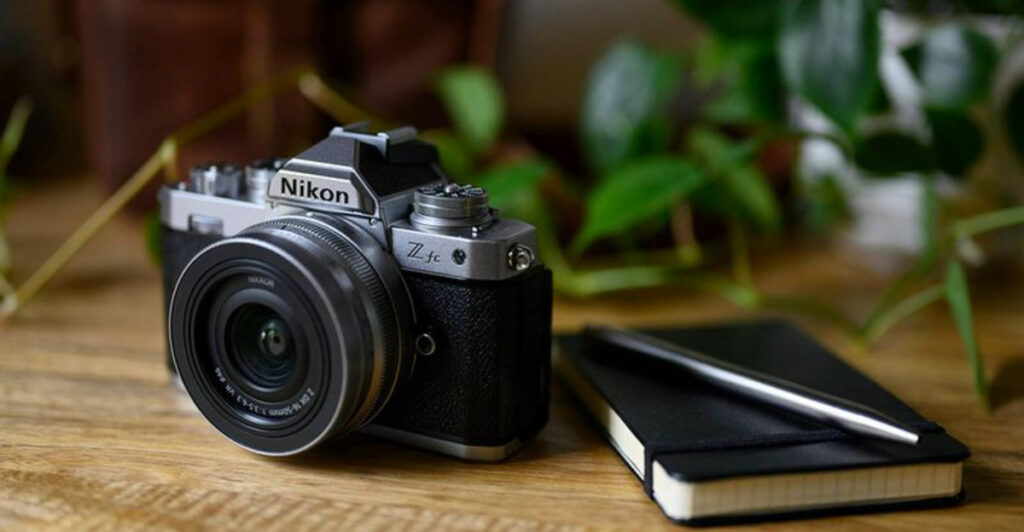Smartphones have come a long way, but dedicated travel cameras still deliver sharper images, better zoom, and controls that make capturing memories easier and more fun. Whether you’re exploring busy city streets or hiking mountain trails, the right camera can transform ordinary snapshots into stunning keepsakes. This list highlights ten standout options that outperform phones in image quality, versatility, and creative potential.
Fujifilm X100VI
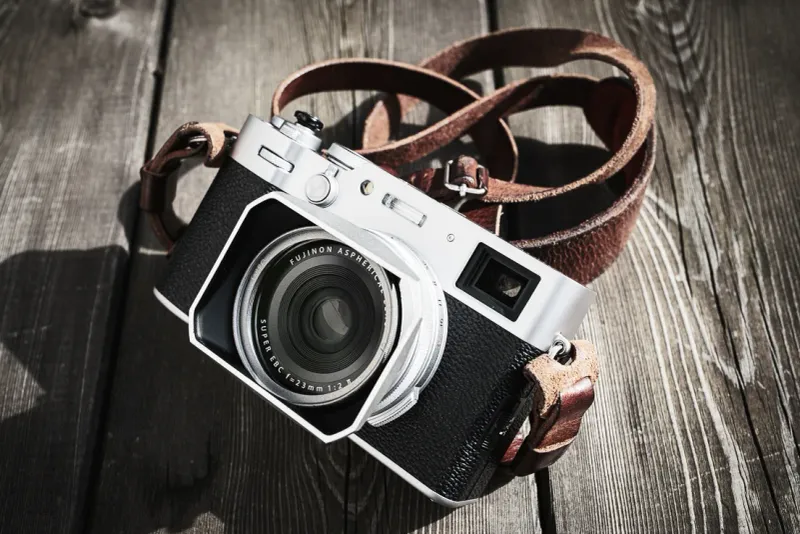
Compact powerhouses don’t get much better than this. The Fujifilm X100VI boasts a 40-megapixel APS-C sensor paired with a bright f/2 fixed lens, delivering crisp, vibrant photos that rival much larger cameras. In-body stabilization keeps shots steady even when you’re moving, while film simulation modes add artistic flair straight out of the camera.
TechRadar and The Cotswold Photographer both name it among the best compacts for travel in 2025. Its retro design turns heads, and the image quality speaks for itself. Keep in mind, the fixed lens means no optical zoom—you’ll need to move closer or crop later, which might feel limiting in some situations.
Sony RX100 VII
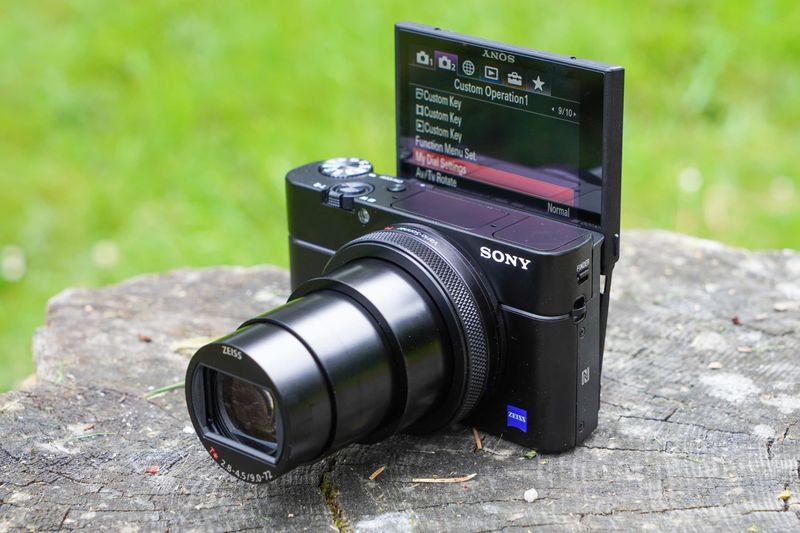
RTINGS crowned this “the best compact travel camera tested,” and it’s easy to see why. A versatile 24-200mm equivalent zoom lens covers everything from wide landscapes to distant details, while real-time tracking autofocus locks onto subjects with impressive speed. It slips into a jacket pocket yet packs professional-level features like 4K HDR video and a built-in ND filter.
Battery life can drain quickly during heavy shooting sessions, so carrying a spare is wise. The 1-inch sensor also struggles more in dim lighting compared to larger APS-C or full-frame options, but for daytime adventures and portability, few cameras match its balance.
OM System OM-5 II
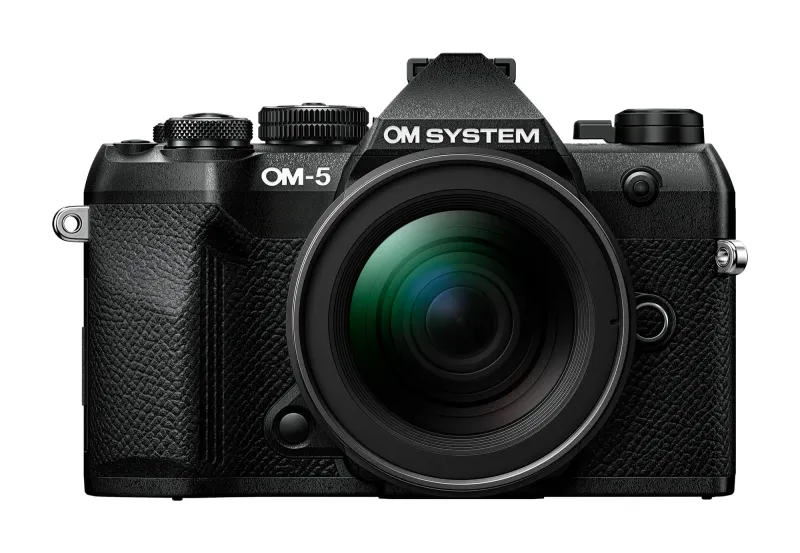
Adventure-ready by design, the OM-5 II shrugs off dust, splashes, and bumps thanks to its weather-sealed body. TechRadar highlights its portability and stabilization among top travel picks, and the 5-axis in-body stabilization truly shines when shooting handheld in tricky conditions. Live ND filters and computational photography features add creative possibilities without extra gear.
Micro Four Thirds sensors deliver excellent results in good light but can’t quite match full-frame performance when darkness falls. Lens selection is broad, yet some telephoto options add noticeable weight. Still, for travelers who prioritize durability and compact size, this camera hits the sweet spot beautifully.
Ricoh GR III / GR IIIx
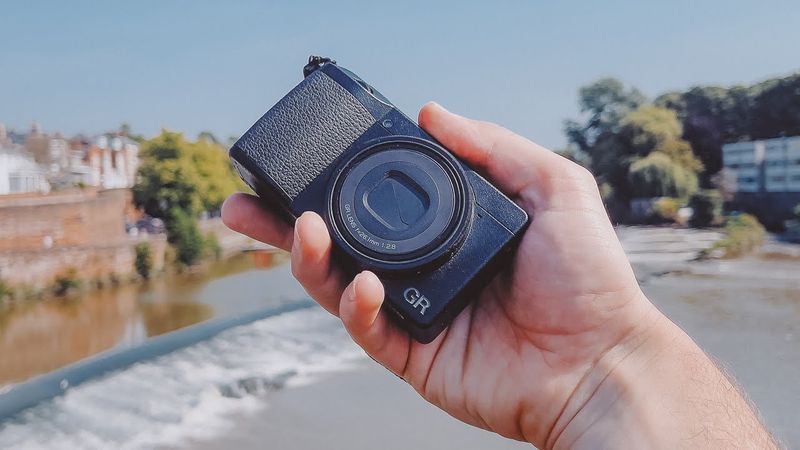
Slip this into your jeans pocket and forget it’s there until the perfect moment arrives. The Ricoh GR III combines a large APS-C sensor with a truly pocketable body, earning praise from The Cotswold Photographer as a top travel companion. Image quality rivals much bulkier cameras, and the fixed 28mm lens (or 40mm on the IIIx) encourages creative composition.
No zoom means you’re committed to prime-lens shooting, which takes adjustment if you’re used to versatility. Battery life is modest, and the lack of a viewfinder on most versions might bother some. Yet for street photography and spontaneous shots, few cameras disappear so easily while delivering such impressive results.
Nikon Z fc
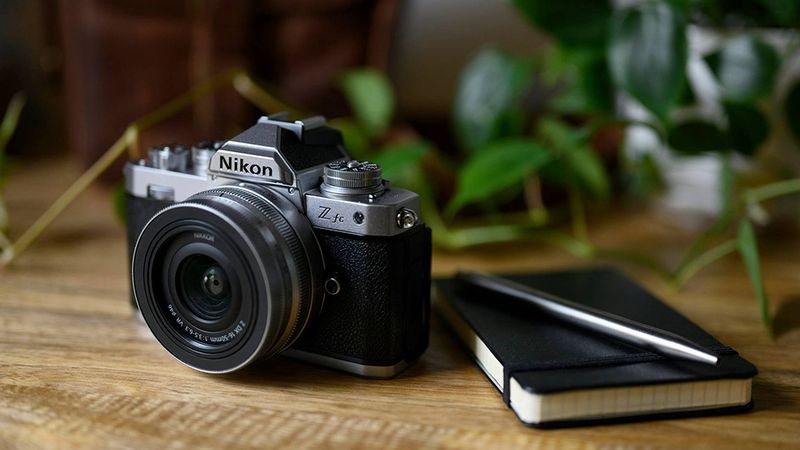
Nostalgia meets modern tech in this eye-catching mirrorless body. TechRadar includes the Z fc in its travel camera list, and one glance explains why—vintage dials and classic styling make photography feel like an art form again. Underneath the retro exterior, you’ll find a capable 20.9-megapixel APS-C sensor, fast autofocus, and excellent video capabilities that satisfy both hobbyists and serious shooters.
Carrying extra lenses does add bulk, which slightly undermines the compact appeal. The retro grip, while beautiful, lacks the deep contours some photographers prefer for extended shooting. Still, if you value aesthetics alongside performance, the Z fc delivers a delightful blend that stands out in any crowd.
Sony a7CR
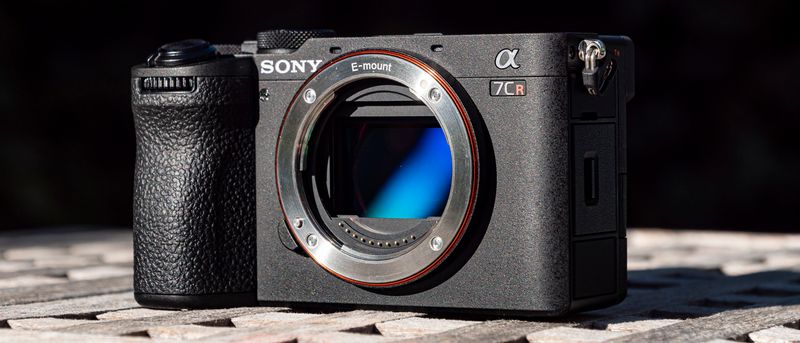
Full-frame image quality in a surprisingly small package—that’s the a7CR’s magic trick. DPReview lists it among the best cameras for travel in 2025, praising its excellent image quality and compact dimensions for a full-frame body. Low-light performance impresses, colors pop, and the 61-megapixel sensor captures detail that makes large prints sing.
Choosing lenses carefully becomes essential to maintain portability, since pairing it with heavy glass defeats the compact advantage. Full-frame systems also carry a price premium, both for the body and compatible lenses. Autofocus performs well, but you’ll need to balance cost and weight when building your travel kit around this capable camera.
Fujifilm X-T50 + 16-50mm Kit
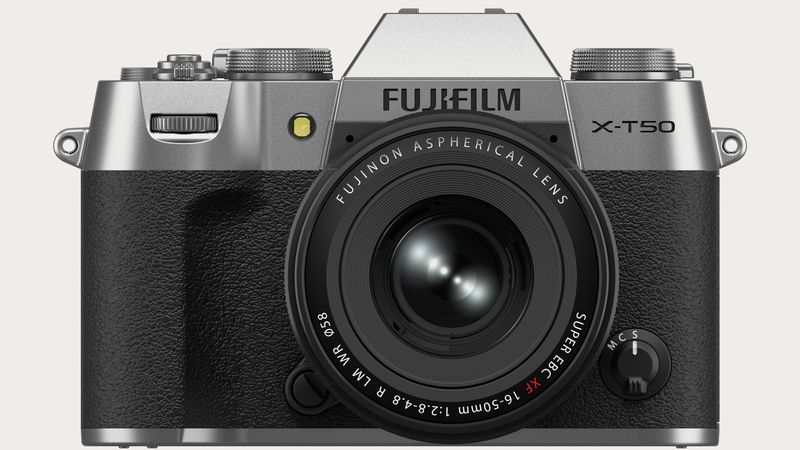
DPReview recommends this kit as a great travel setup, and it’s hard to argue with the combination. The X-T50 body offers Fujifilm’s renowned color science and film simulations, while the 16-50mm kit lens provides useful zoom range without excessive bulk. It’s a balanced option for travelers who want flexibility without hauling multiple lenses or a massive camera bag.
That kit lens, while convenient, sacrifices speed compared to faster primes—low-light situations may require higher ISOs or slower shutter speeds. The setup remains bulkier than fixed-lens compacts, so it won’t disappear into a pocket. Yet for those seeking a versatile mirrorless system that doesn’t overwhelm, this kit strikes a sensible middle ground.
Leica Q3 / Leica Q3 43
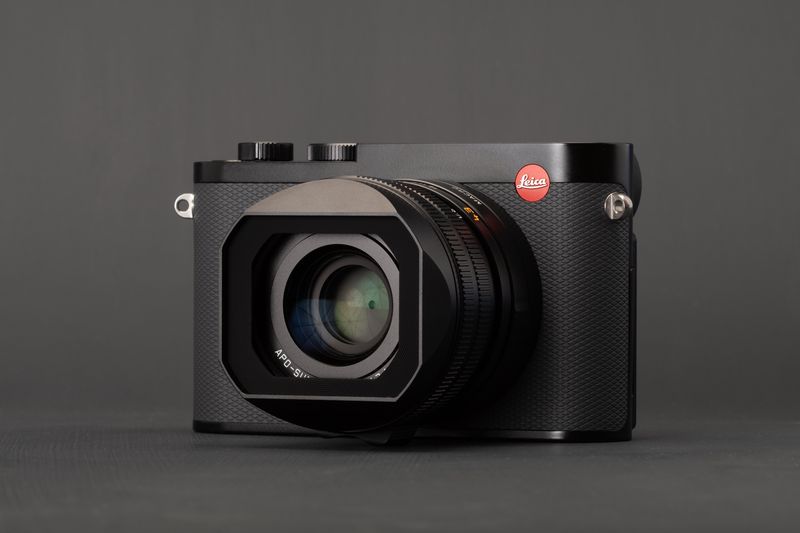
Luxury and performance converge in this rare breed—a full-frame fixed-lens compact. The Leica Q3 43 features a stunning 60-megapixel sensor and premium optics that produce images with a distinctive look few cameras can match. Build quality feels exceptional in hand, and the fixed 43mm lens (or 28mm on the standard Q3) delivers sharpness and character that justifies the premium price tag.
That price, however, is steep—this camera costs significantly more than most travel options. The fixed lens limits compositional flexibility, and the body carries some heft despite its compact classification. For photographers who prioritize image quality and craftsmanship above all else, the Q3 represents the pinnacle of portable luxury.
Panasonic Lumix Travel Zoom Compacts (TZ / ZS Series)
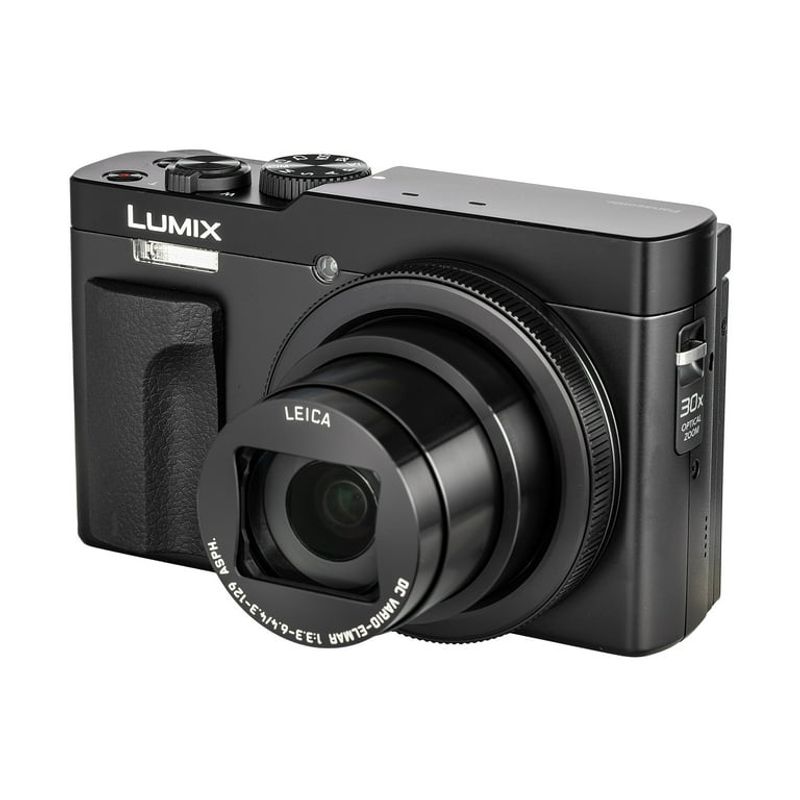
Sometimes you need zoom—lots of it—without the bulk of interchangeable lenses. TechRadar’s travel camera list includes these superzoom compacts for exactly that reason. The TZ/ZS series packs impressive zoom ranges into pocket-friendly bodies, making them ideal for wildlife, distant landmarks, or any situation where getting physically closer isn’t possible.
Smaller sensors mean image quality suffers in low light compared to larger-sensor cameras, and extreme zoom settings can introduce softness or distortion. These are trade-offs for the convenience of having 20x, 30x, or even greater zoom reach in one compact package. For travelers prioritizing versatility over ultimate image quality, these cameras deliver remarkable flexibility at reasonable prices.
Canon PowerShot G7 X Series
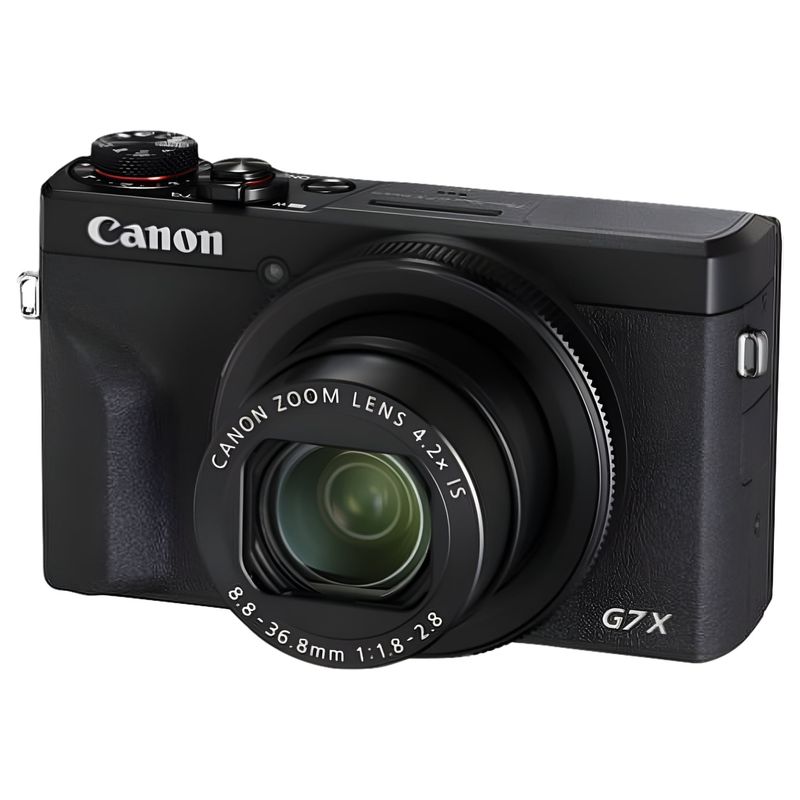
Balance is this camera’s calling card—it doesn’t excel in any single area but performs admirably across the board. 9Meters lists it among top travel compacts for 2025, thanks to its 1-inch sensor, decent zoom range, and user-friendly interface. It’s a reliable companion that fits easily into bags and produces satisfying results without a steep learning curve.
The sensor size limits performance in challenging lighting compared to larger sensors, and older models may lag in stabilization or video features. Battery life is adequate but not exceptional. Still, for travelers who want a straightforward, capable compact without breaking the bank or weighing down their luggage, the G7 X series remains a solid, dependable choice.

